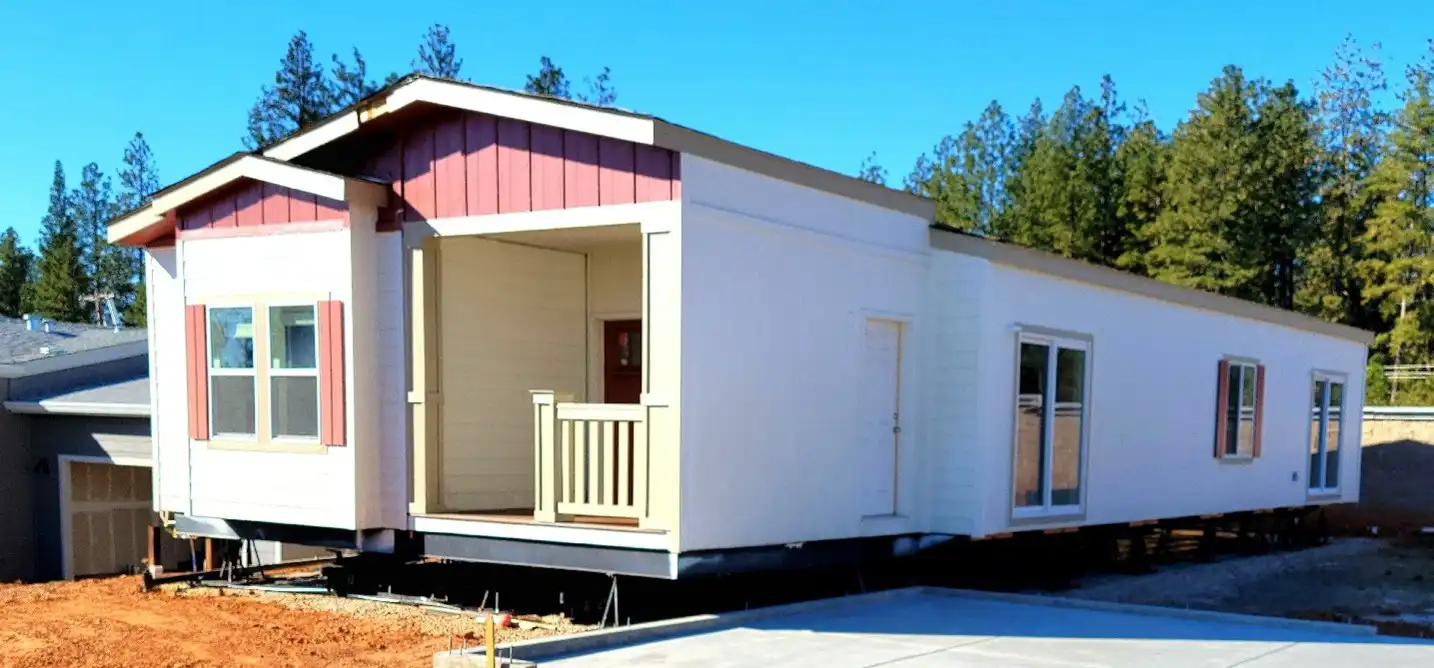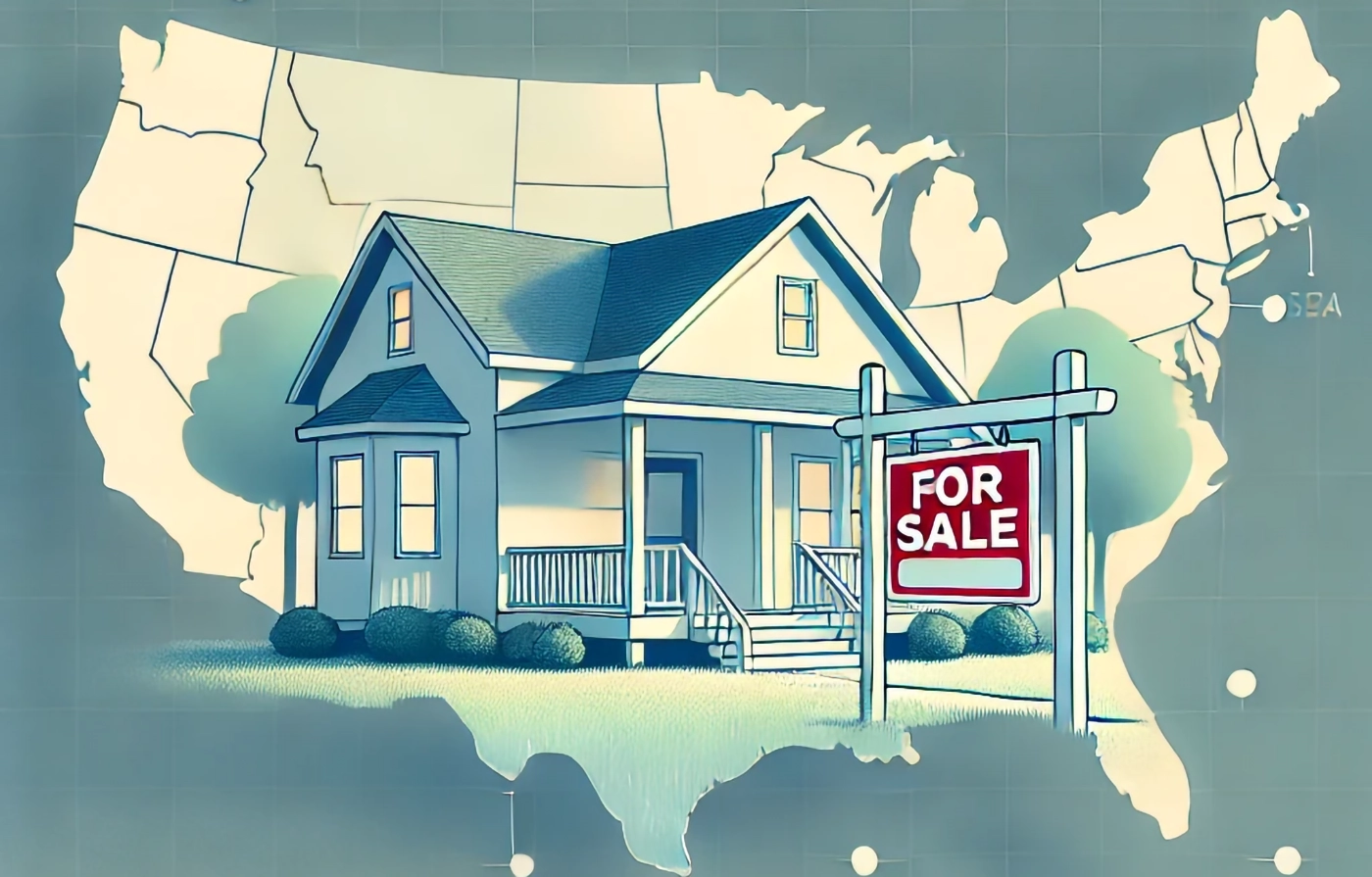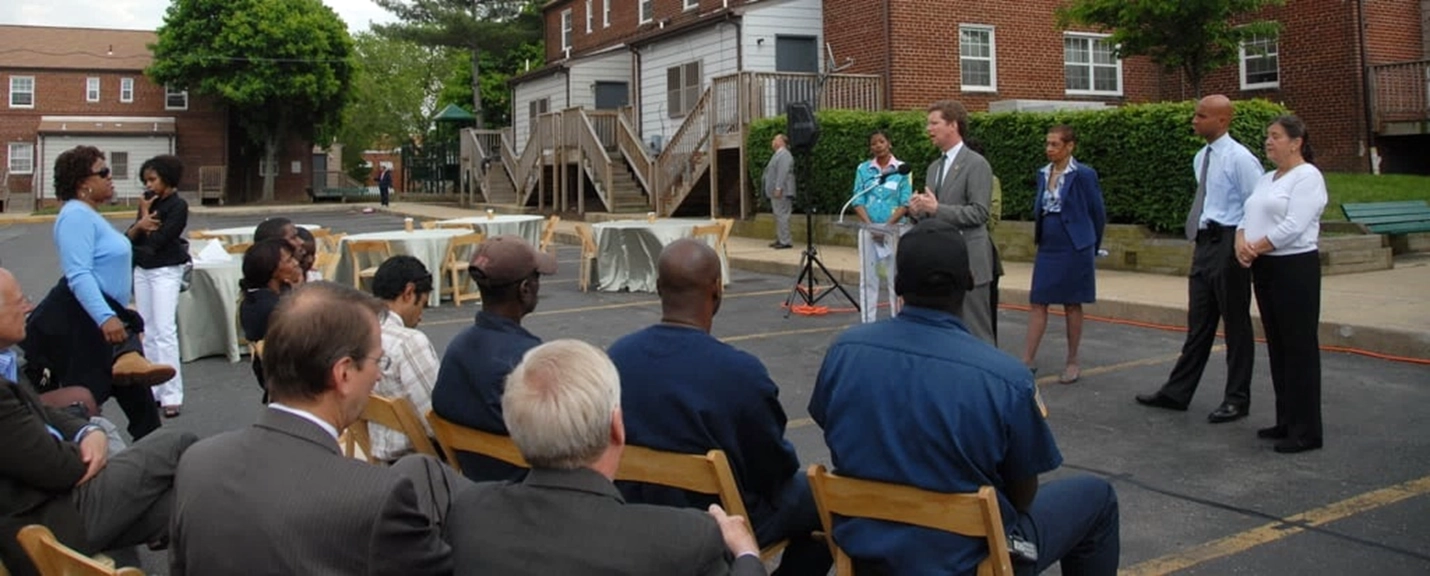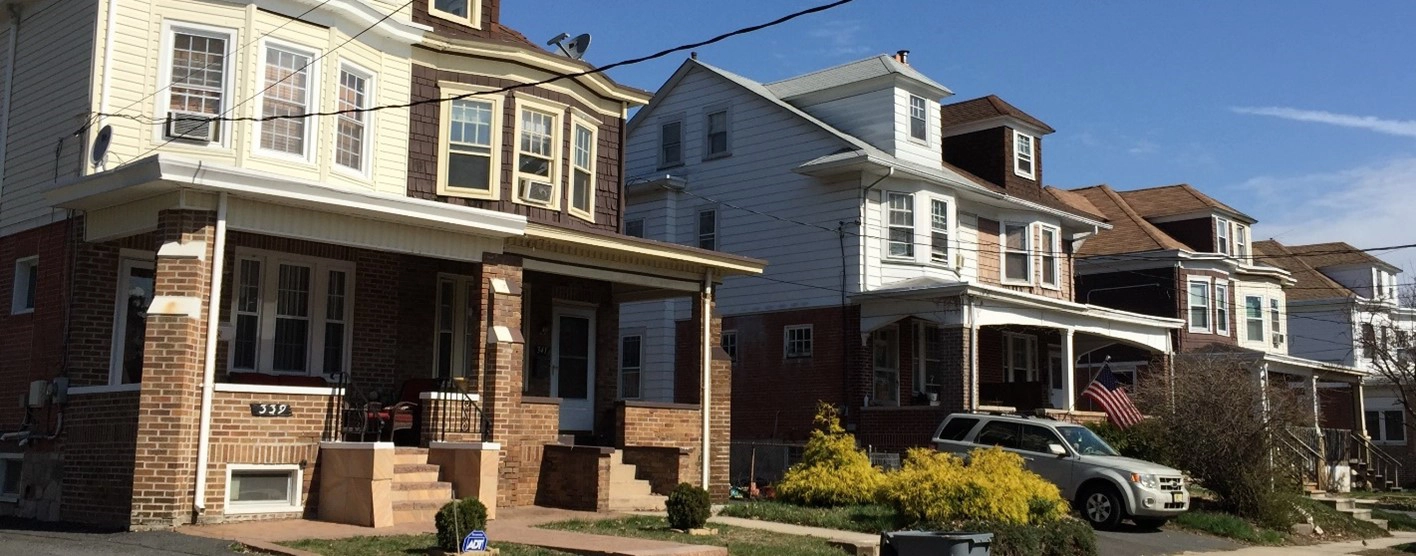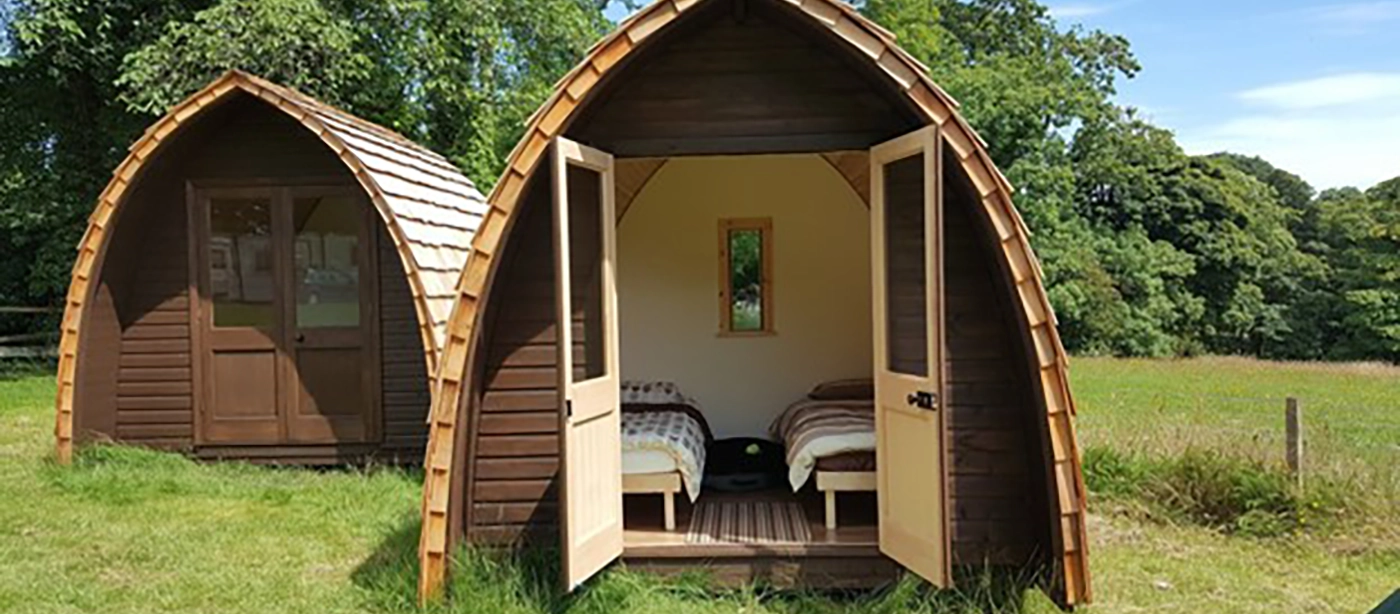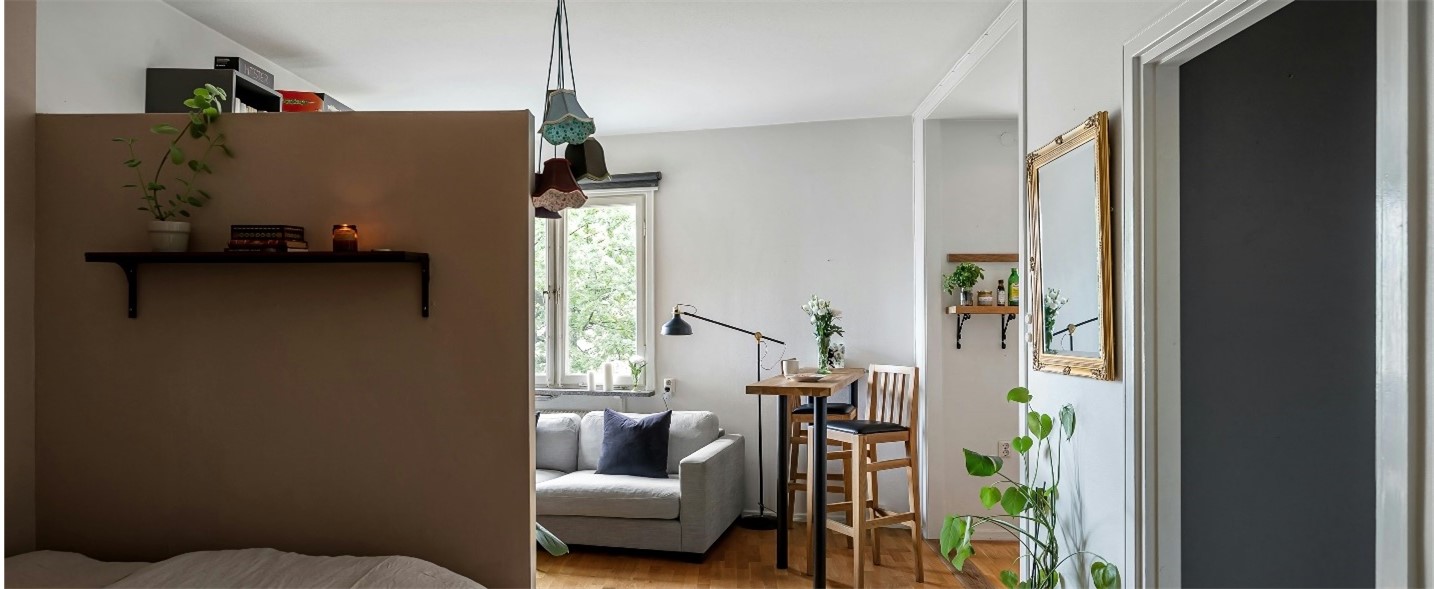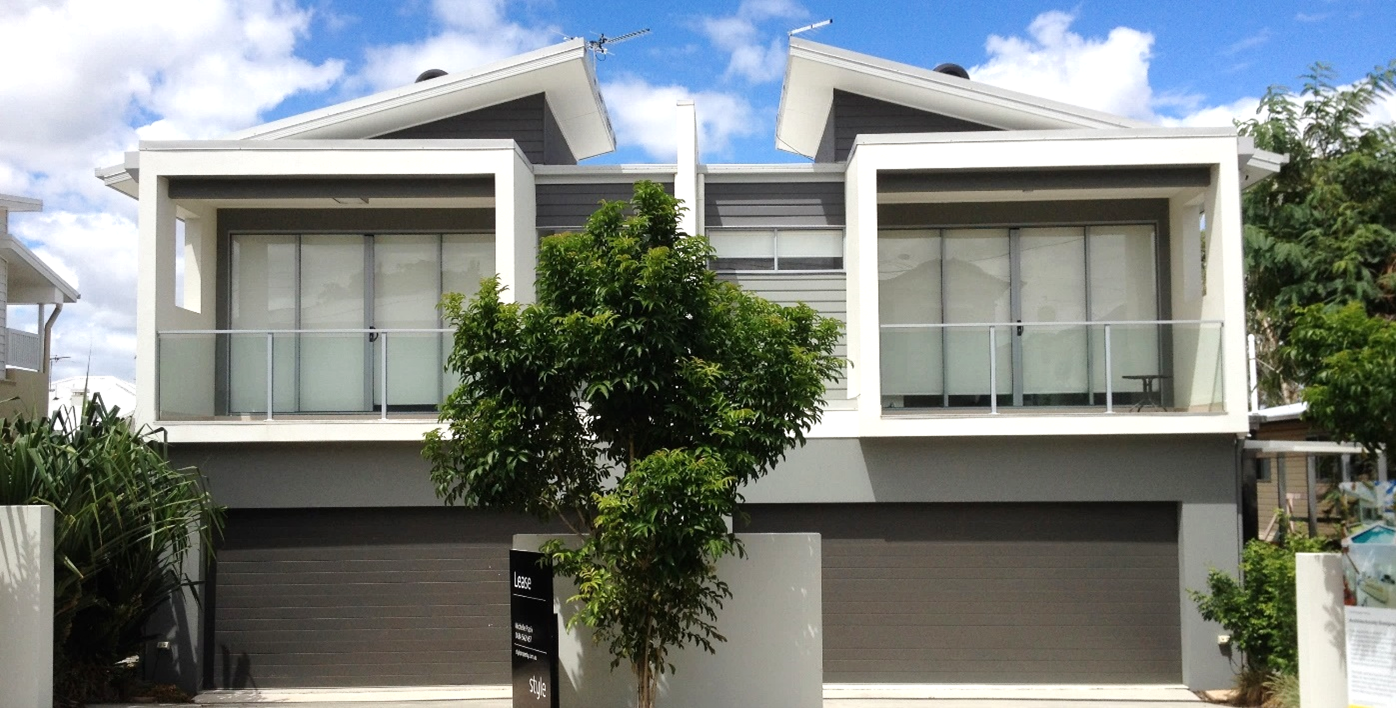Tag: affordable housing
-

Time to Make Financing a Manufactured Home Easier. Meanwhile, What a Difference Holding the Deed Makes!
Manufactured housing — and this includes mobile homes — make up a key segment of financially accessible housing. Today, 18 million people have roofs overhead thanks to manufactured homes. Most own them. Most are deed holders who took out mortgages from banks or credit unions. But it wasn’t easy for them. Some applied for regular…
-

Turning a Hotel Into Homes for Seniors, Vets in Palm Beach County
Palm Beach County, Florida is about to lose 1,000 affordable units over the coming five years. Why? Agreements with developers established restrictions that reserved affordable units for 15 to 30 years. Those restrictions are about to expire. This comes at a time when Palm Beach County will need nearly 81,000 new affordable housing units to…
-

“I Never Thought I Would Own a House…” A Community Trust in Vermont Takes on the Housing Shortage
Too many homes sit empty in towns where working people need them. In a housing affordability crisis, this has to change. In Vermont, a local nonprofit is stepping up. Local Deeds is an initiative that helps people make down payments on homes. Specifically, working people. A deed restriction ensures that someone in the home has…
-

These are the states where you can get the largest home for your money, according to new study
Home sweet (and spacious) home: New study reveals where buyers can get the best deals per square foot In recent years, homes have been shrinking as the housing market tightens. A limited supply of available homes, combined with sky-high demand, has driven prices to levels many would call out of reach. However, not all states…
-

Frugal But Fun: An Origami Home, Anyone?
Cost has always been a big reason to pick a compact home. Today, though, less really is more. New generations of home buyers seek out small homes for a range of reasons — like a preference for uncluttered minimalism. Or a goal of reducing their footprint on nature. Appropriately designed small homes can be easier…
-

Momentum Builds: A New Wave of Pressure on States to Build Affordable Homes
Looking to acquire the deed to a home? A new federal administration could factor into the amount you’ll need to pay. For one thing, the incoming administration is talking about tariffs that would raise the cost of materials and construction work. On the other hand, actual housing policy falls to the states. Under their…
-

New Jersey Enacts a Raft of Reforms Impacting Deed Holders
To take action on the racial wealth gap, New Jersey’s lieutenant governor Tahesha Way signed an update to the Real Estate Appraisal Act, explicitly meant to stop race-based bias from influencing appraisals. As our readers know, appraisals often occur when a home seller transfers a deed to a home buyer. A 2022 study from the…
-

Real Estate, Meet the Bots. Not Everyone’s Amused.
Digs, a purveyor of software for home builders and managers, is doing what many companies are doing these days. It’s revving up the artificial intelligence (AI) tools on its platform. With Digs, home builders and deed holders collaborate and store information. They make digital twins to simulate touring or working in the actual homes. Builders,…
-

NIMBY or YIMBY? Here’s Where People Stand on Rezoning for More Housing.
The United States sorely needs to make homes affordable for more people. Millions of households are financially fenced out from acquiring their own deeds. Local and state policy makers are under pressure to allow higher density in residential neighborhoods, in order to ease the housing shortage that takes a particular toll on working people,…
-

Builders Meet Buyers Where They Are—With Smaller Homes
At Elm Trails, a subdivision of San Antonio, the giant developer Lennar sells compact homes for just $150K or so. The houses themselves take up less than 700 square feet. They’re placed on 20-foot lots with little backyards and no garages. The least expensive offering is a new, 350-square-foot house for $130K. So far, 55…
-

Deed Restrictions as Affordability Tools
Vacation Town Residents Get Paid to Live in Their Homes Park City, Utah is a tourist mecca. It’s known for the Sundance Resort, with its famous Sundance Film Festival. Need we say it’s a town full of vacation rentals? Two-thirds of Park City’s homes have no one living in them. The supply of homes for…

